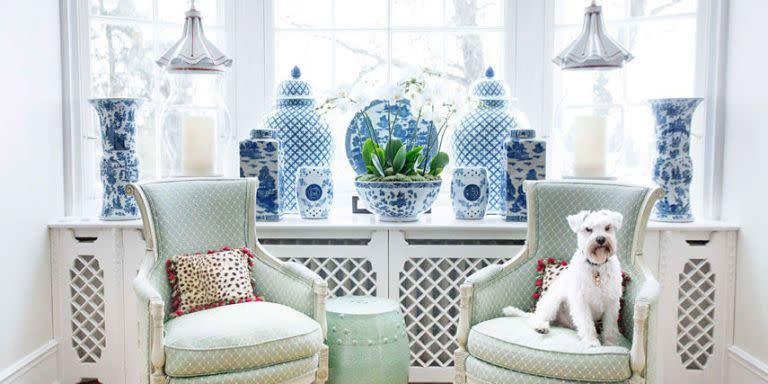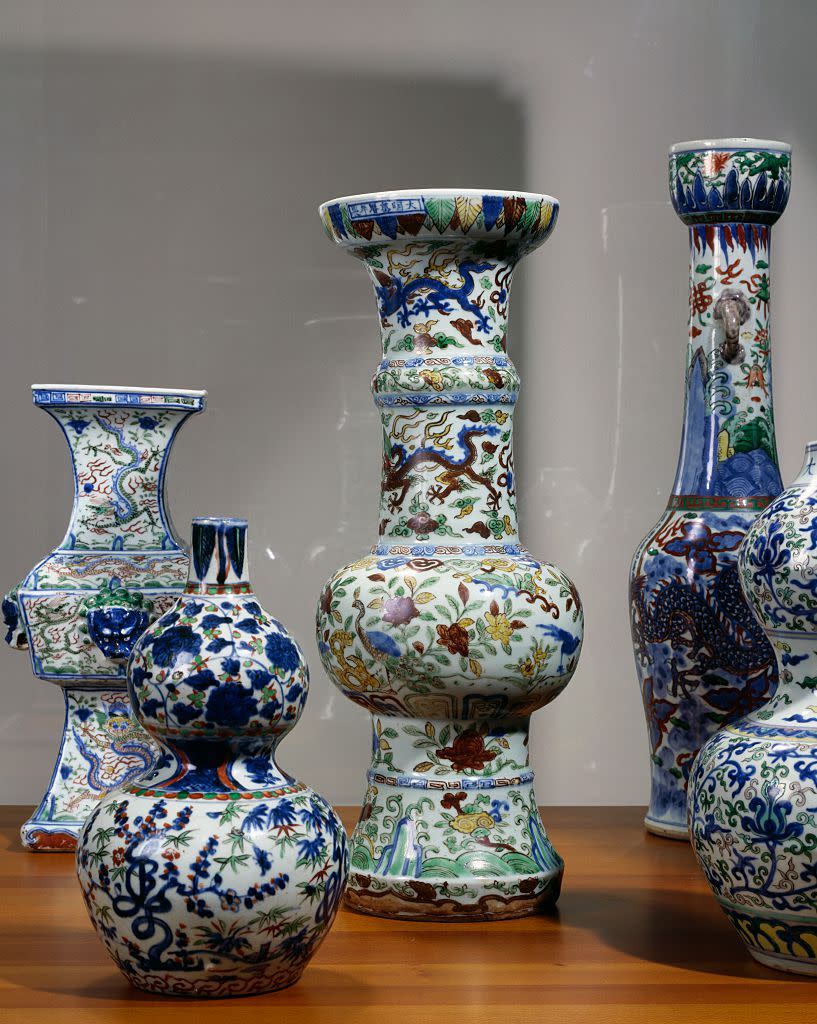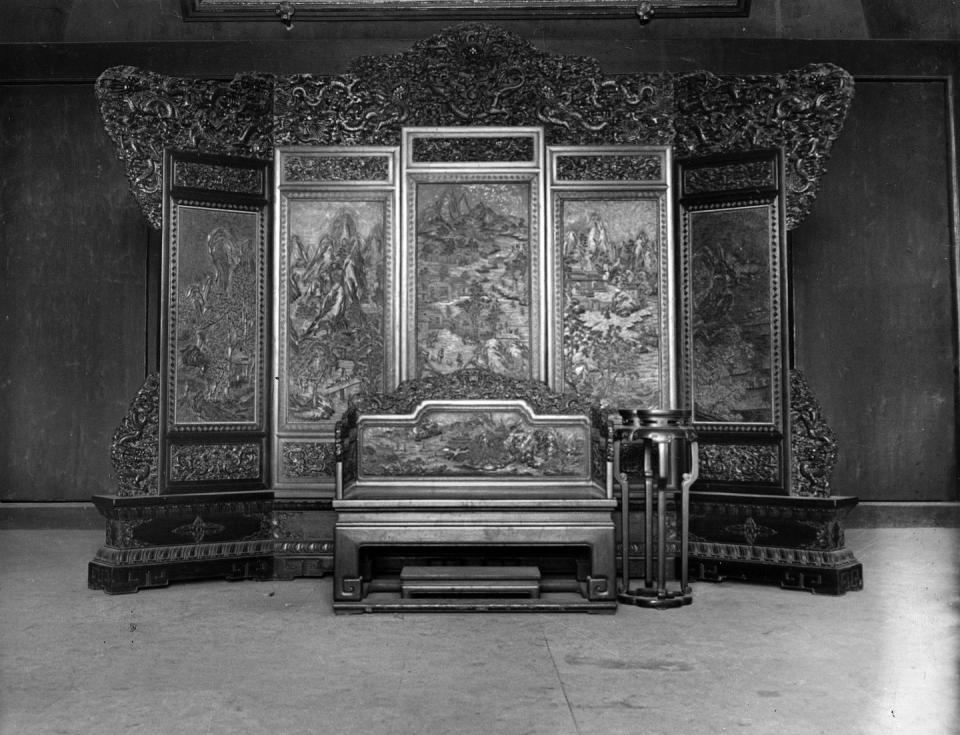How Chinese Design Became an Integral Part of American Preppy Style

In most uses today, the term "all-American" is synonymous with preppy style, an aesthetic born from a specific subculture: upper-class White Anglo-Saxon Protestants, or WASPs. These families—like the upper-class British before them—shipped off their children to elite college preparatory (prep) schools in the Northeast starting around the turn of the 20th century. The look cultivated then is still popular today, even off-campus. In terms of preppy interior design, hallmarks of the look include bright and cheery colors (and lots of blue-and-white), patterns from plaids to stripes, and—wait a minute—Chinese-inspired decor? As it turns out, preppy style might not be so All-American as it seems.

So how exactly did Chinese elements like ginger jars, blue-and-white porcelain, bamboo details, and painted silk folding screens enter the American preppy lexicon? To find out, we have to look way back, before the United States was even a country. In fact, we could look as far back as 130 B.C., when China’s Han dynasty formally established the Silk Road, opening global trade. For millennia, trade between the East and the West created an international design dialogue between cultures.
During the Age of Exploration, from the 15th to the 17th centuries, goods brought back to Europe from afar became highly coveted by the upper-class—you had to be wealthy to import such rarities as Chinese porcelain or Persian rugs. The fascination with the “exotic”—that is, anything not European in origin—continued well into the 19th century through Orientalism, an artistic movement that saw Middle Eastern, Asian, and North African styles and motifs replicated in Western society. (Remember—it was rather difficult to travel abroad, making these “other” cultures all the more intriguing.)
One of the subsets of Orientalism is chinoiserie, the interpretation of Asian design themes by Europeans. (Though the French word specifically refers to China, chinoiserie is very much a generalization of the aesthetic of all Asian cultures—Europeans at the time weren’t the best at distinguishing between “exotic” cultures.) “Historically, chinoiserie has always been a fashion for high society, first in Europe and then imitated in or brought over to America,” says Dr. Aldous Bertram, a chinoiserie expert with a forthcoming book on the topic. “It has always been an aspirational style, with associations of luxury and ‘having made it’.”

So in America's early days as an English colony, colonists largely took style cues from the motherland—including a penchant for chinoiserie, especially among the elite. Even two hundred years later, that sense of style remains popular in the United States. “Preppy and wealthy types are more likely to live in Georgian or Georgian Revival homes on the East Coast,” says Dr. Bertram, who notes that chinoiserie-style Chippendale furniture, hand-painted Chinese wallpaper, and blue-and-white porcelain are all hallmarks of Georgian style.
But today, American preppy style isn’t limited to the upper class—it’s been democratized quite a bit thanks to improvements in production technology. (We can now make blue-and-white porcelain here at home rather than importing it from the other side of the world.) That said, preppy decor’s roots remain in exoticism as popularized by upper-class European society—something worth thinking about as you place your new blue-and-white ginger jar on the mantel.
Follow House Beautiful on Instagram.
You Might Also Like

